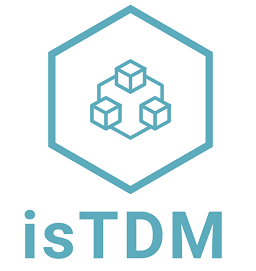Definition(s):
The existence of TD leads to investing efforts into rework and extra work in the future. In TD context, the interest of TD is related to additional efforts and costs (e.g., rework and extra work) required in the future to change or replace suboptimal solutions resulting of TD items.
Definição Seaman
Source(s):
- Tom, Edith, Aybuke Aurum, and Richard Vidgen. “A consolidated understanding of technical debt.” Proceedings of the 20th European Conference on Information Systems (ECIS’12), AIS Electronic Library, Barcelona, Spain (2012).
- Tom, Edith, AybüKe Aurum, and Richard Vidgen. “An exploration of technical debt.” J. Syst. Softw., 86.6 (2013), pp. 1498-1516.
- Ampatzoglou, Areti, et al. “The financial aspect of managing technical debt: A systematic literature review.” Inform. Softw. Technol., 64 (2015), pp. 52-73.
- Fernández-Sánchez, Carlos, et al. “Identification and analysis of the elements required to manage technical debt by means of a systematic mapping study.” J. Syst. Softw., 124 (2017), pp. 22-38.
- Besker, Terese, Antonio Martini, and Jan Bosch. “Managing architectural technical debt: A unified model and systematic literature review.” J. Syst. Softw., 135 (2018), pp. 1-16.
- Dalla, L. O. F. B. “Systematic Mapping on a metaphorical issue of Technical Debt framework.” International Journal of Health and Pharmaceutical Research E-ISSN 2545-5737 P-ISSN 2695-2165, Vol 5. (3), (2020).
- Jeronimo Junior, Helvio, and Guilherme Horta Travassos. “Consolidating a Common Perspective on Technical Debt and its Management Through a Tertiary Study.” Information and Software Technology (2022): 106964.
